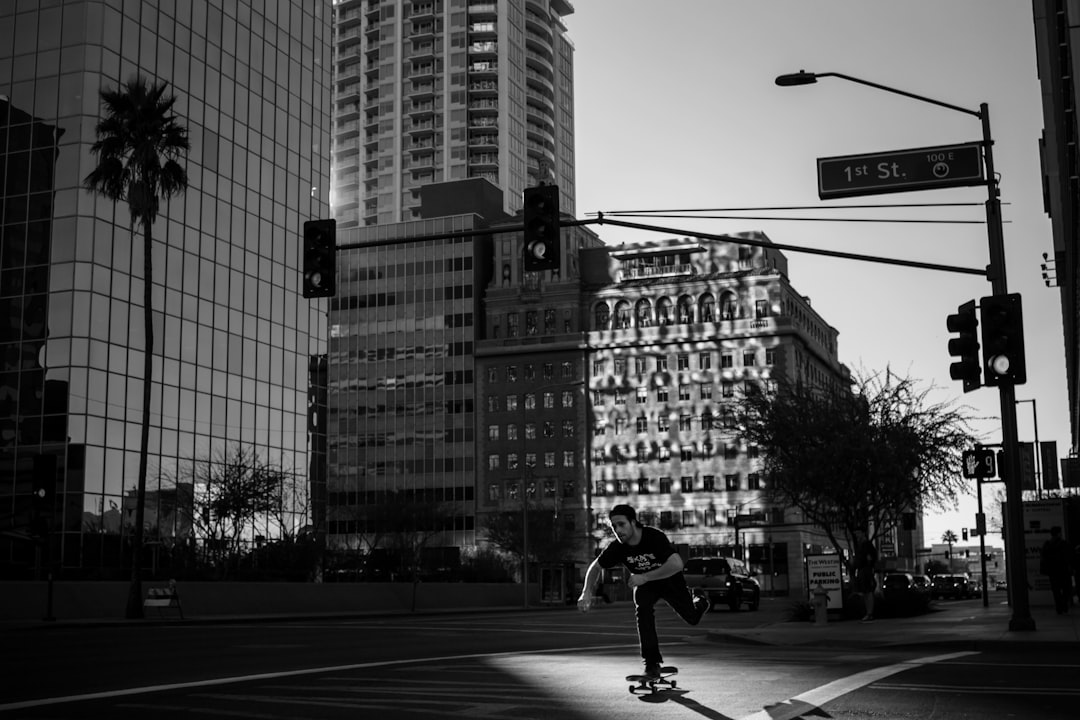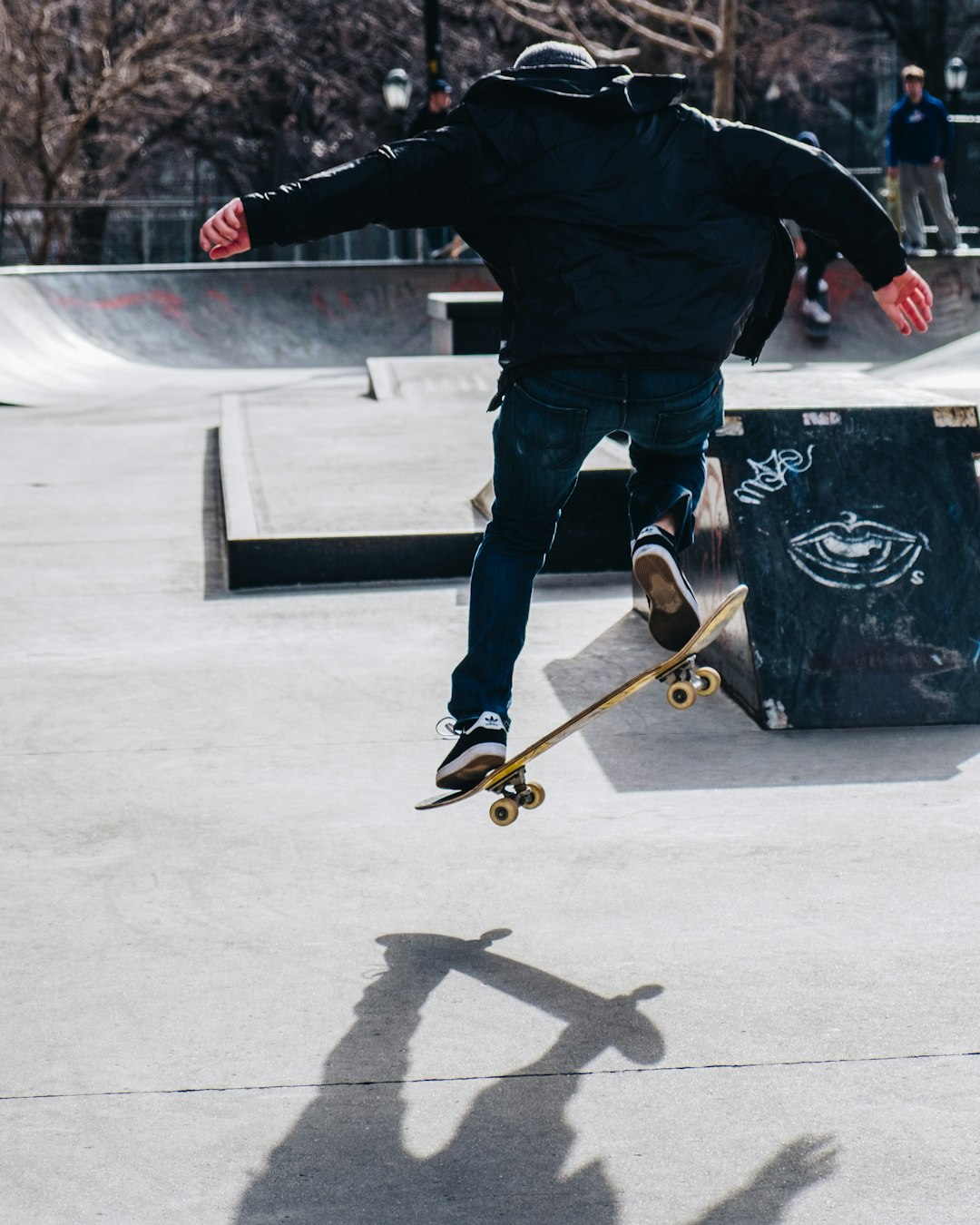The Influence of Skateboarding on Architecture and Urban Design
Sep 23, 2023·By pundi sudrajat
The Influence of Skateboarding on Architecture and Urban Design
Skateboarding has long been associated with rebellious youth culture and alternative lifestyles. However, in recent years, its influence has extended beyond the realm of sports and subcultures, making its mark on architecture and urban design. The skateboarding community’s unique approach to space, movement, and interaction has inspired architects and urban planners to rethink the design of public spaces, creating more inclusive and dynamic environments.
Reimagining Public Spaces
Skateboarding’s influence on architecture can be seen in the reimagining of public spaces. Traditional urban design often prioritizes efficiency and functionality over creativity and playfulness. However, skateboarding encourages a different perspective. Skaters see the urban landscape as a canvas for self-expression and exploration. This mindset has led to the transformation of underutilized areas, such as empty lots and abandoned buildings, into vibrant skate parks and community spaces.

Integrating Skateboarding Elements
Architects and urban designers have started integrating skateboarding elements into their projects, blurring the lines between traditional architecture and skate park design. Incorporating features like ramps, rails, and ledges not only provides skaters with designated areas to practice their sport but also adds an element of excitement and dynamism to the overall design. These elements can be found in public parks, plazas, and even private residences, creating spaces that are not only visually appealing but also encourage active engagement.
Enhancing Social Interaction
Skateboarding has also influenced urban design by promoting social interaction and inclusivity. Skate parks have become gathering places for people of all ages and backgrounds, fostering a sense of community and camaraderie. The design of these spaces encourages interaction between skaters and non-skaters, creating opportunities for dialogue and mutual understanding. By integrating skateboarding into the urban fabric, cities are creating spaces that promote social cohesion and break down barriers.

Adaptive Reuse and Sustainability
Skateboarding’s influence on architecture extends beyond the design of new spaces. The skateboarding community has embraced the concept of adaptive reuse, transforming old warehouses, factories, and other industrial buildings into skateboarding havens. This approach not only breathes new life into neglected structures but also promotes sustainability by repurposing existing resources. By embracing the spirit of creativity and innovation inherent in skateboarding culture, architects and urban designers are finding new ways to make cities more sustainable and environmentally friendly.
Challenging Conventional Design
Skateboarding’s influence on architecture and urban design is not just about physical spaces; it challenges conventional design principles as well. The fluidity and freedom of movement inherent in skateboarding have inspired architects to think beyond rigid structures and linear pathways. The concept of “flow” often associated with skateboarding has influenced the design of spaces that prioritize seamless transitions and interconnectedness. This approach creates a more immersive and engaging experience for users, encouraging exploration and experimentation.

A Catalyst for Innovation
The influence of skateboarding on architecture and urban design goes beyond the physical realm. It serves as a catalyst for innovation and creativity. Skateboarding culture encourages individuals to think outside the box, push boundaries, and challenge the status quo. This mindset has inspired architects and urban planners to explore new possibilities and reimagine the way we interact with our built environment. By embracing the principles of skateboarding, we can create cities that are not only functional but also inspiring and inclusive.
Skateboarding’s influence on architecture and urban design is a testament to the power of subcultures to shape our world. By embracing the unique perspectives and values of different communities, we can create spaces that reflect the diversity and dynamism of our society. Whether it’s through the reimagining of public spaces, the integration of skateboarding elements, or the promotion of social interaction, skateboarding continues to leave its mark on the built environment, inspiring us to think differently about the spaces we inhabit.
